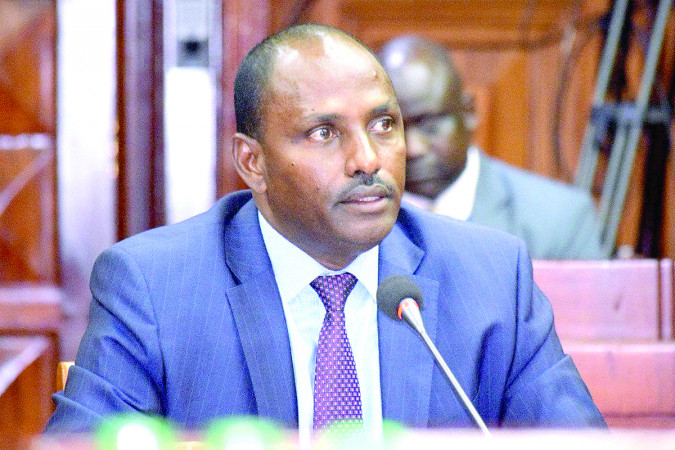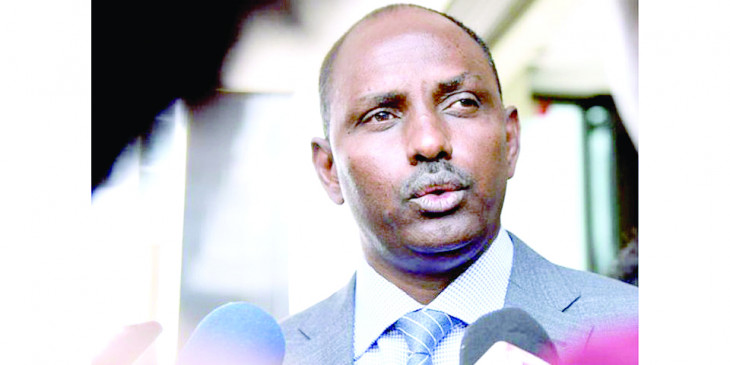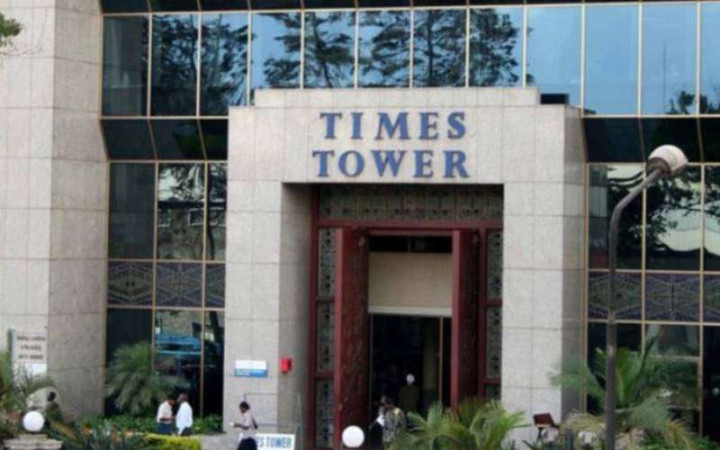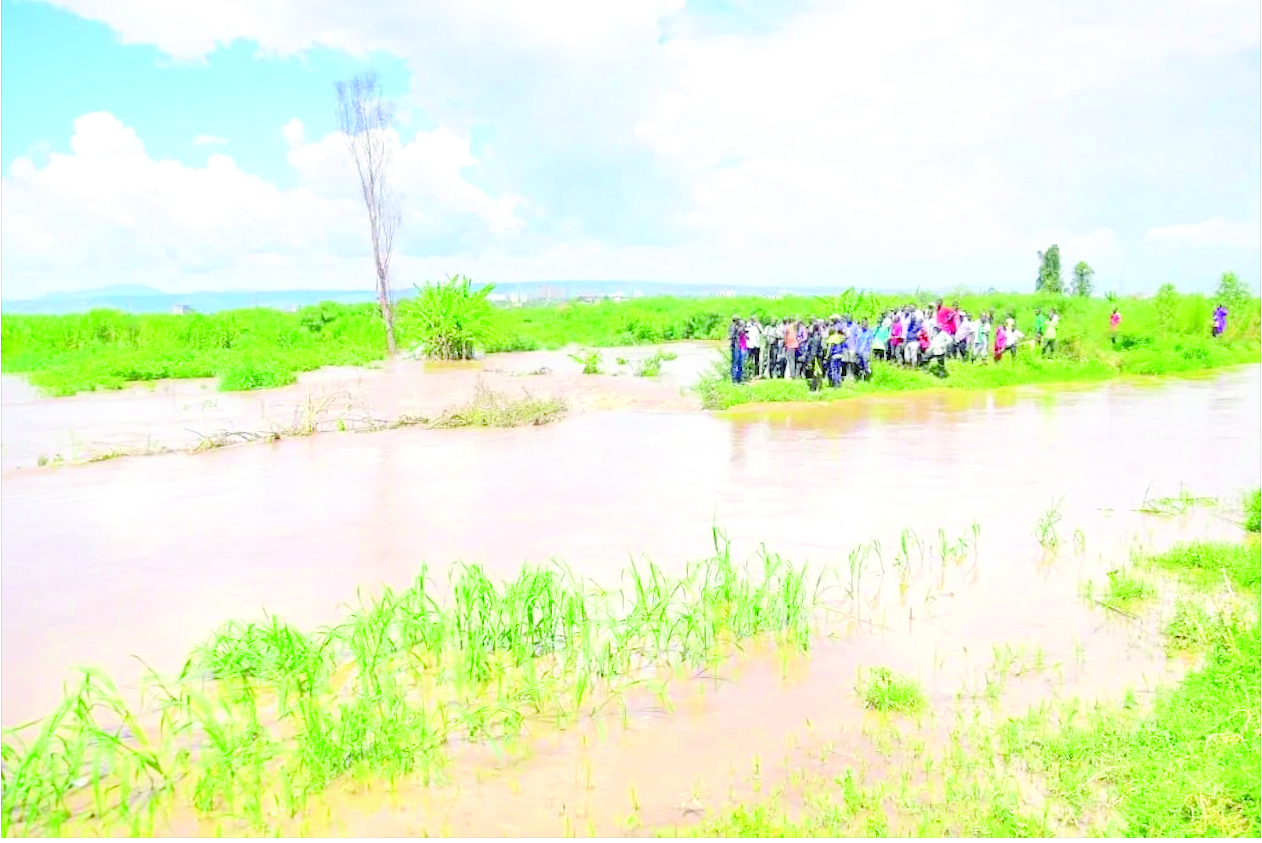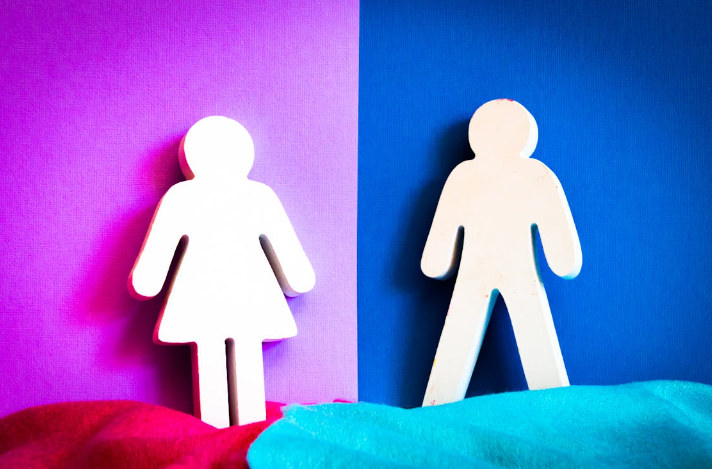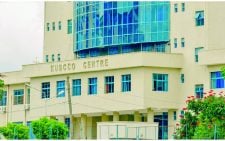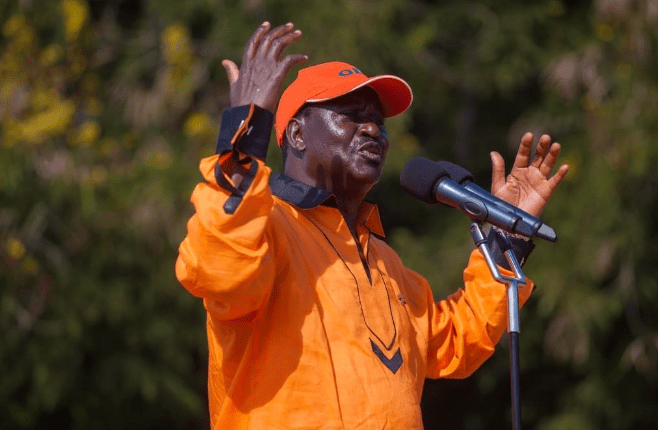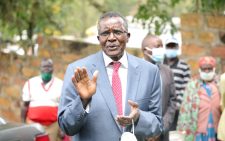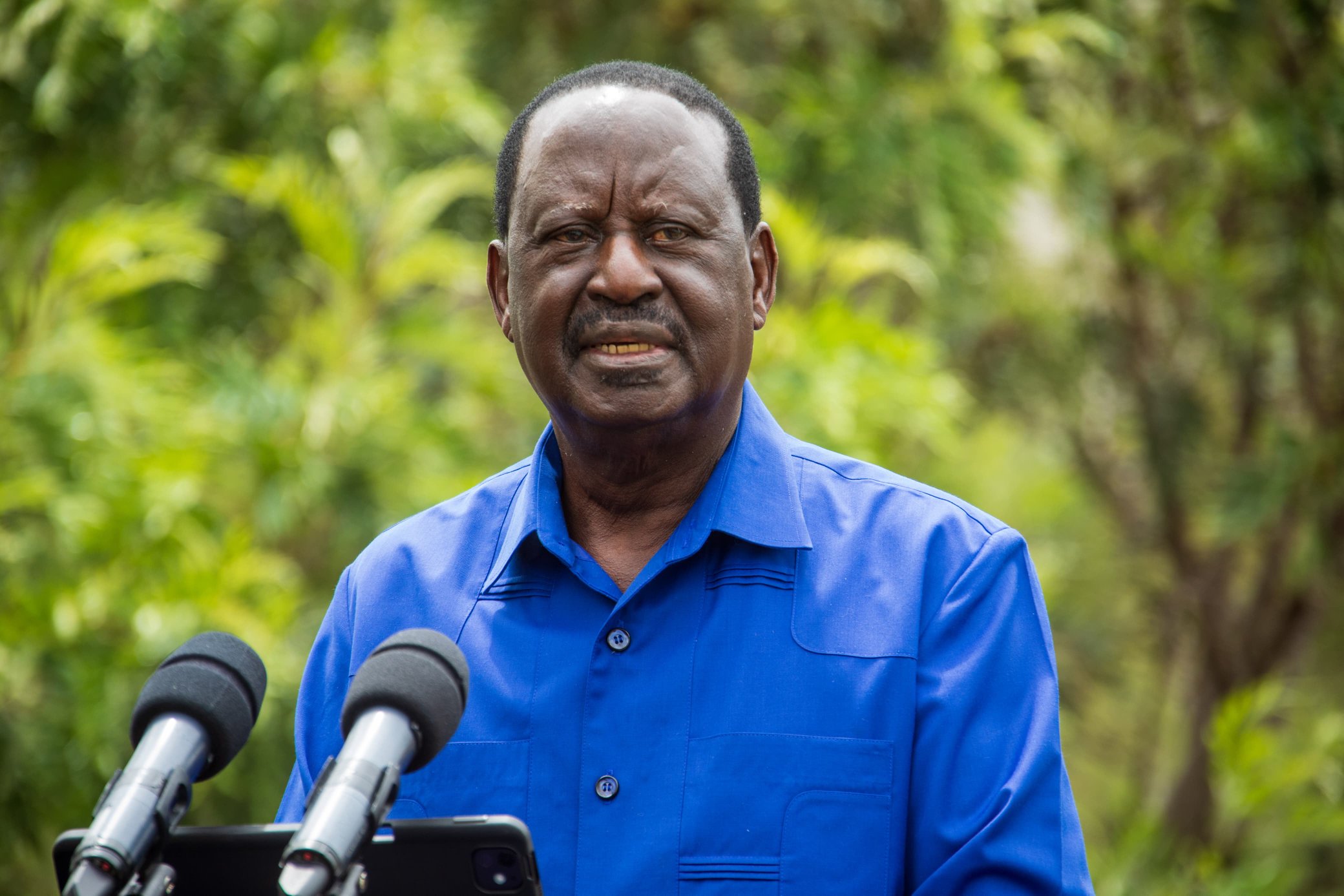Why economy got the sucker punch from the Corona scourge

Lewis Njoka @LewisNjoka
On March 13 this year, Kenya recorded its first Covid-19 case of a 27-year-old woman who had flown back into the country from the USA.
Six months later, health experts are still debating on whether the country has finally flattened the infection curve or not.
What is not in contention, however, is that the pandemic has hit the country hard, with the economy this year projected to grow at the slowest rate since 2008.
Virtually all businesses are reporting reduced earnings, the culmination of a rough period, characterised by layoffs, pay cuts, business closures and heavy government borrowing.
When the virus hit the country in March, Kenya’s Gross Domestic Product (GDP) was growing at 4.9 per cent, a slower rate compared to 5.5 per cent recorded in the same period last year.
But on Friday, Treasury Cabinet Secretary, Ukur Yatani said the economy was projected to grow at a rate of 2.6 per cent in 2020, down from last year’s 5.4 per cent due to the effects of the Covid-19 pandemic on the economy.
This will be the lowest GDP growth the country has recorded since 2008 when the economy grew at 0.2 per cent due to 2007 post-election violence.
Since then, the country’s GDP growth has remained above four per cent except in 2009 (3.3 per cent) when the economy was just beginning to recover from the effects of the 2007/2008 post- election violence.
“We will continuously monitor developments on the global front with a view to developing the Post-Covid-19 Economic Recovery Strategy that focuses on making the economy more resilient so as to cushion vulnerable citizens and set the stage for sustainable growth,” said Yatani on Friday.
While the new GDP growth projection is marginally higher than the 2.5 per cent the CS predicted in April, it is way below the 6.3 per cent GDP growth projected at the beginning of 2020.
Measures put in place to contain the spread of the virus locally and internationally disrupted economic activities, leading to massive loss of income for individuals and businesses.
Locally, the measures included a ban on passenger flights into the country, a ban on second-hand clothes, a dawn-to-dusk curfew, and an order that all public service vehicles operate at half capacity.
Hotels, churches and bars were ordered closed. Churches and hotels were only reopened under tough new conditions that required patrons and faithful to observe strict social distancing rules and other health measures.
The government also ordered cessation of movement into and out of the hotspot counties of Nairobi, Mombasa and Mandera.
Schools are yet to re-open, a situation that has hit teachers and investors in the sector hard and stifled the circulation of money in the economy.
Internationally, several of Kenya’s key trading partners, especially in Europe and North America declared a total lockdown, paralysing export of goods.
The ban on passenger flights saw the national carrier, Kenya Airways, net loss for the six months ended June 2020 jump by 67 per cent to Sh14.33 billion.
Passenger numbers dropped by 55.5 percent to stand at 1.1 million compared to 2.4 million recorded same period last year.
Tourism, a major foreign exchange earner for Kenya, witnessed a sharp decline, as was the case globally.
According to Tourism Cabinet Secretary, Najib Balala, Kenya lost over Sh80 billion, equivalent to 50 per cent of the sectors revenue, in the first six months of 2020.
This saw several hotels including Hotel Intercontinental and the iconic Norfolk Hotel close down, leading to job losses.
Other hotels that laid off workers include Villa Rosa Kempinski and Mayfair Hotels.
An August report by the United Nations estimates that the global travel and tourism industry lost Sh112 trillion (USD1.2 trillion) due to the coronavirus pandemic.
The March partial lockdown in Netherlands hit the local flower industry hard, with growers such as the Naivasha-based Maridadi Farm reporting it was making a Sh0.5 million loss daily.
As a result, thousands of workers in flower farms were laid off with Finlays closing down two farms in Kericho County.
Even before Coronavirus hit, the horticulture industry in the country was on a decline, recording a Sh11 billion decline in 2019 to post Sh142.7 billion, compared to Sh153.7 billion earned in 2018.
According to the Mitumba Assocation of Kenya Chairperson, Teresia Njenga, the ban on the importation of second hand clothes and shoes, which was lifted in August, cost the country thousands of jobs.
“We estimate that for every week of delay, approximately 35,000 traders, players and linked sectors are deprived of their livelihoods as stocks get depleted,” said Njenga.
While it’s not clear how much the sector will have made by the end of this month, one would expect that it would be much lower than the Sh17.8 billion it made in the first nine months of 2019, according to the Kenya National Bureau of Statistics (KNBS).
Pending bills
According to the KNBS Manpower Survey, the mitumba sector employs 10 per cent of Kenya’s 20.6 million extended labour force.
To mitigate the effects of the pandemic on the economy, the government introduced a raft of measures many of which sought to cushion the vulnerable in the society.
These included reducing Value Added Tax from 16 to 14 per cent, reducing corporation tax from 30 to25 per cent and income tax exemption for those earning Sh24,000 a month and below.
The government also rolled out a monthly stipend for vulnerable Kenyans and gave out money, Sh33 billion as of June, to go towards clearing pending bills.
Due to the tough economic conditions brought about by the Covid-19 pandemic, revenue collections dipped with the Treasury announcing it that the taxman missed financial year 2019/20 revenue targets by Sh40.2 billion
According to Treasury Kenya Revenue Authority (KRA) collected Sh1.575 trillion against a target of Sh1.615 trillion, a 2.5 per cent deficit.
To factor in the Covid-19 pandemic, Treasury revised its ordinary revenue targets for the period downwards, reducing it from Sh1.643 trillion announced in April to Sh1.615 trillion, a Sh28 billion decrease.
“We are factoring in the continued effects of Covid-19 going forward because we are not expecting the revenues to recover quickly.
Going forward we have budgeted for a standstill in terms of our revenue for 2020/21,” explained Treasury Principal Secretary, Julius Muia.
The poor revenue performance continued in July with KRA collecting Sh95.9 billion that month, a 12 per cent drop compared to same time last year.
However, tax experts described the July performance as impressive saying they expected worse, considering the Covid-19 pandemic.
“That’s excellent. I was expecting over 25 per cent dip considering that corporation tax was reduced from 30 to 25 per cent and VAT reduced from 16 to 14 per cent.
Many companies have laid off workers affecting PAYE collections. Transactions world over have reduced by about 37 per cent,” Francis Kamau, a tax partner at Ernst & Young.
To create a war chest to combat the virus, the government went on a borrowing spree with the public debt rising to Sh6.6 trillion as of June, a Sh410 billion increase from March.
Of the Sh410 billion, Sh303 billion was borrowed externally while Sh107 billion was borrowed locally.
Despite the measures meant to cushion the citizens, many businesses took a hit resulting in massive loss of jobs with the Small and Medium Enterprises being the most affected.
A recent report by the Kenya National Bureau of Statistics shows that 1.72 million Kenyans lost jobs in the three months to June this year with the number of people in employment falling to 15.87 million between April and end of June down from 17.59 million the previous quarter.
Last week, the cabinet approved the establishment of a Sh10 billion credit guarantee scheme to make credit more accessible to SMEs.
Going forward, the economy seems headed for the better, with the International Monetary Fund foreseeing a surprise upward revision of Kenya’s economic growth up from the one per cent growth predicted earlier.
